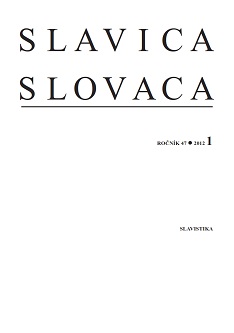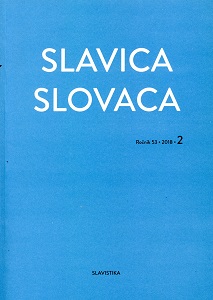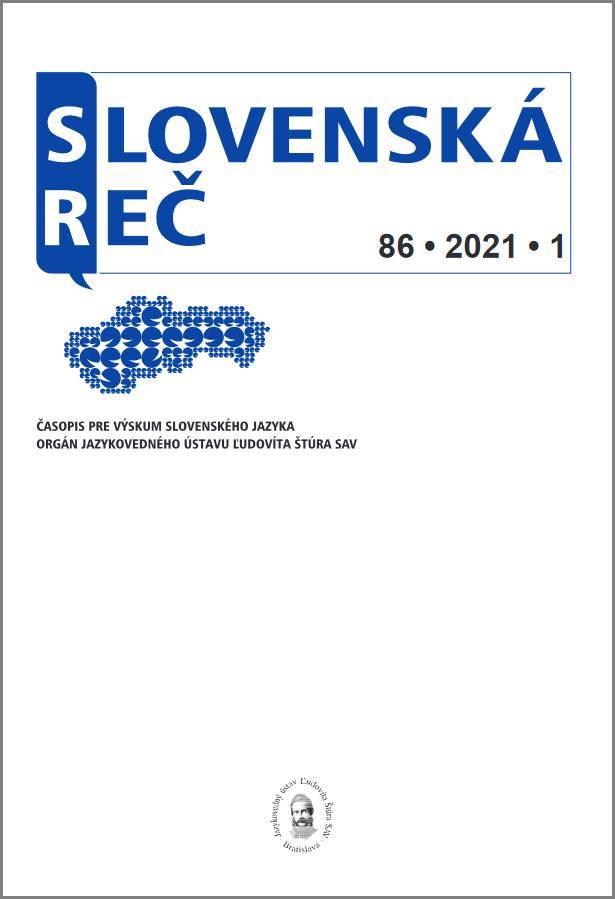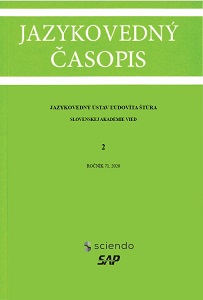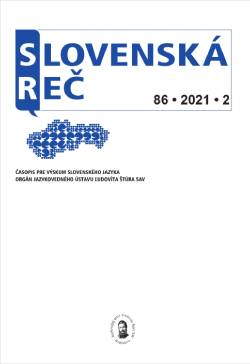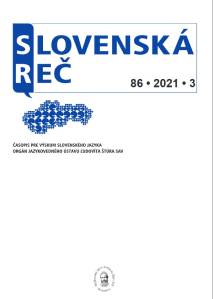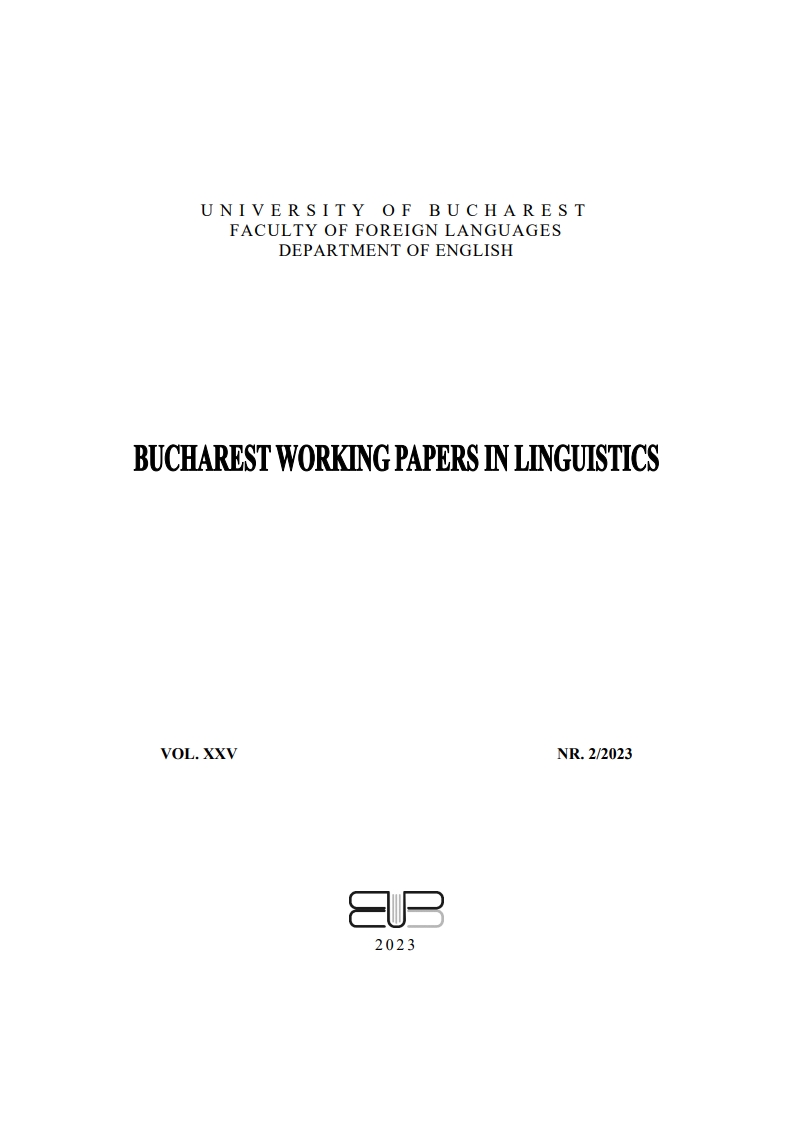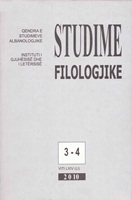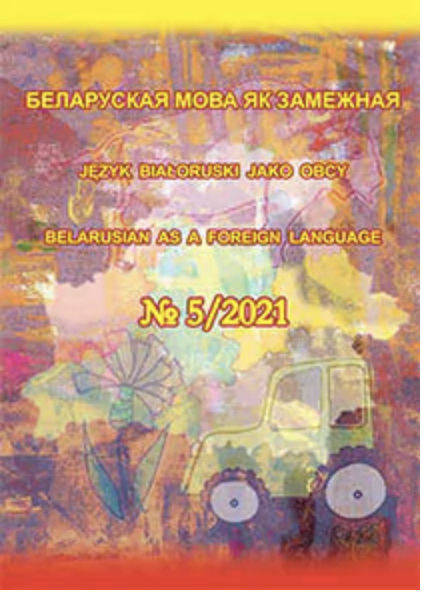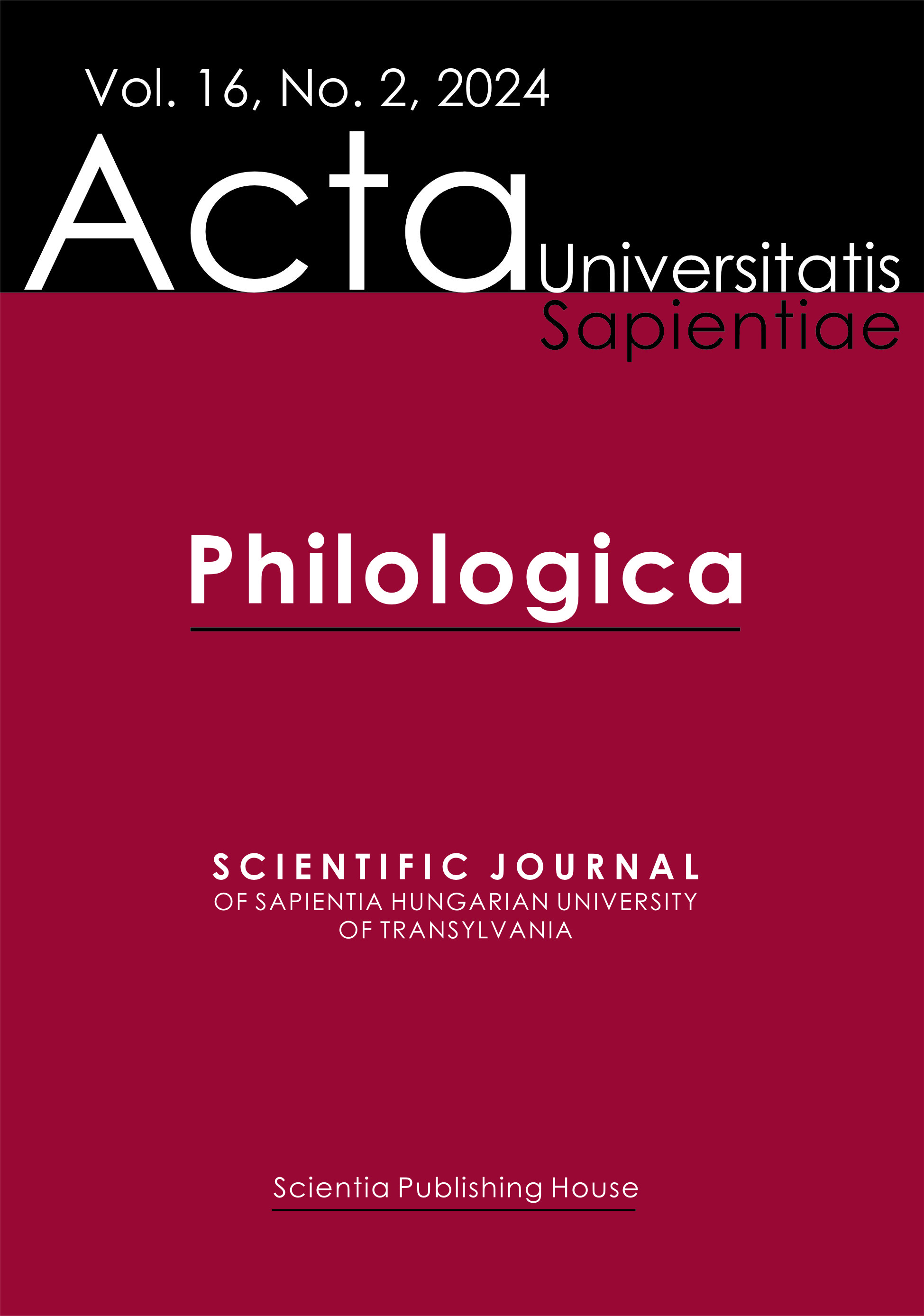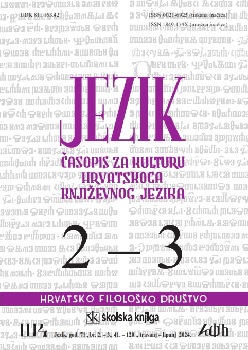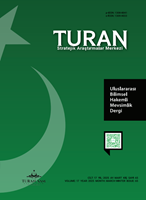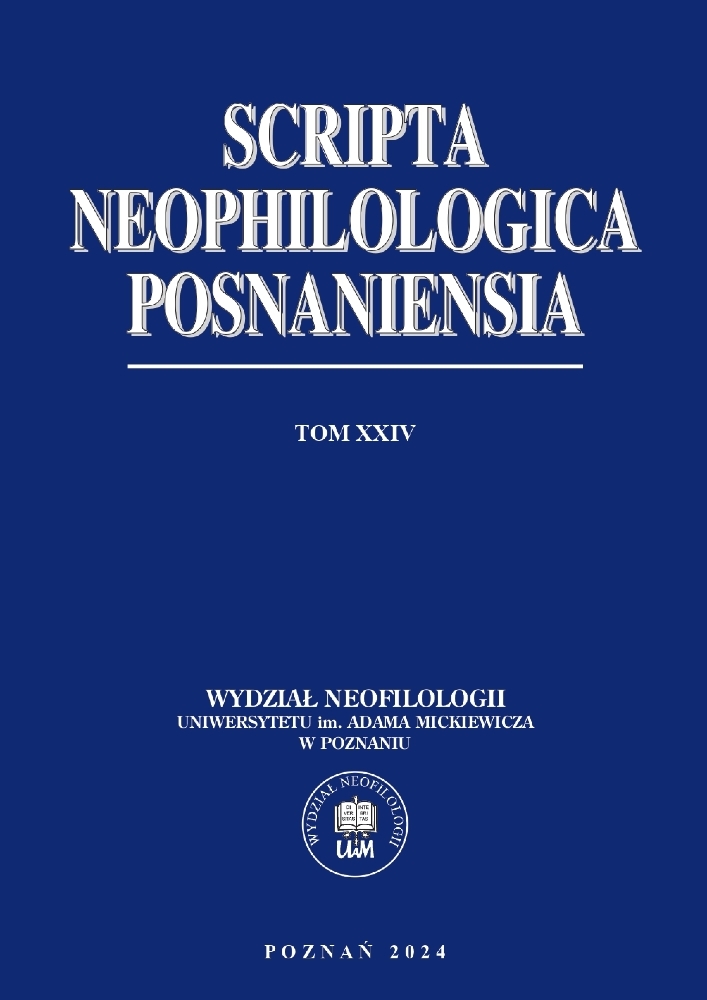Interferenze linguistiche romeno-italiane registrate nella comunicazione on-line all’interno della comunità romena che vive in Italia
Language can often repesent an obstacle in communication between people who belong to different cultures or who speak different languages. When a person uses several languages to communicate, he/she starts from the mistaken idea that certain features of his/her mother tongue will be found in other languages as well or that the grammar rules of his/her mother tongue are valid in other languages too. This phenomenon is called linguistic interference and can occur at any level of language: phonetic, orthographic, morphological and syntactic. The present paper highlights the linguistic interferences of the Romanian community in Italy in online communication.
More...
